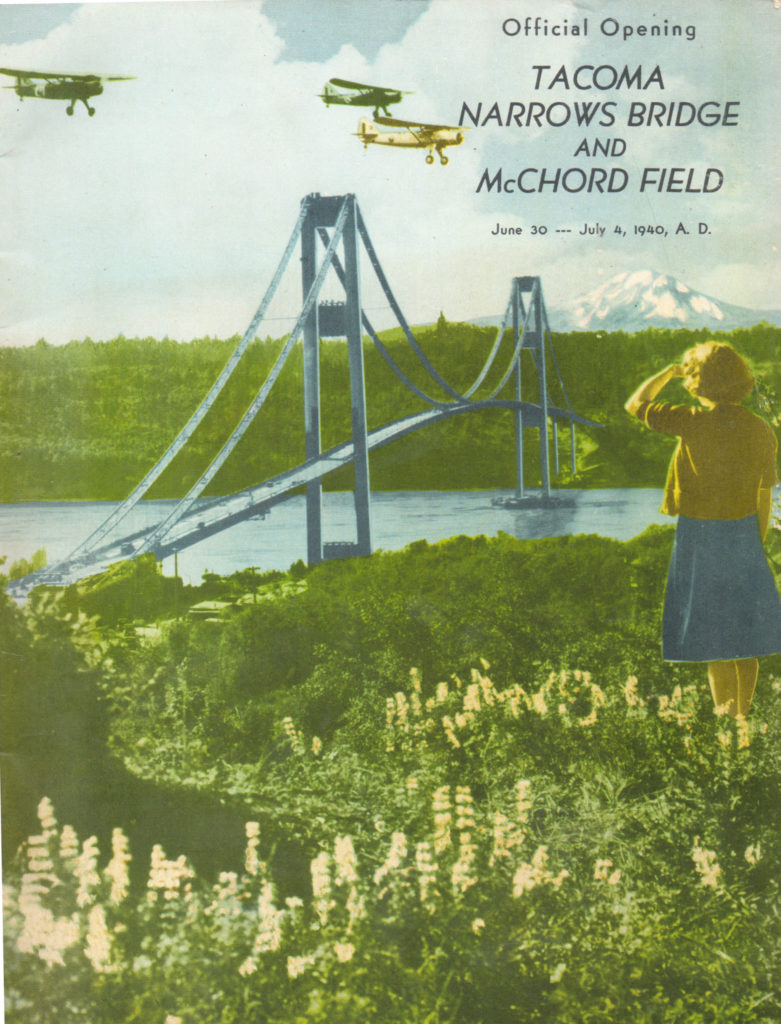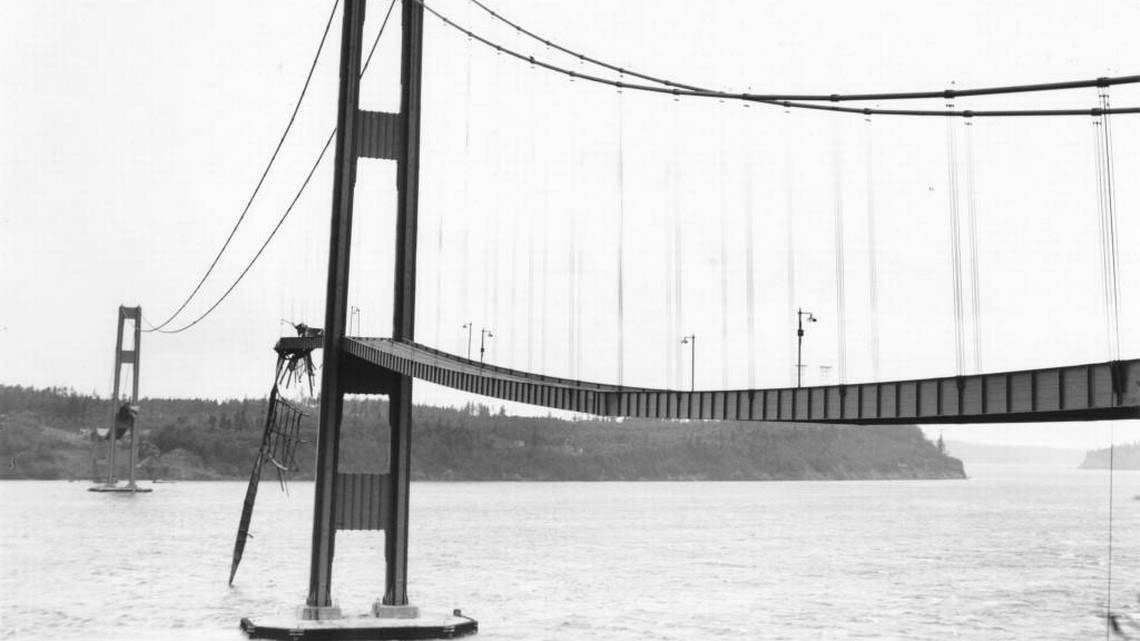Tacoma Bridge Disaster

In the long history of the world, civil engineers have been entrusted by societies to design and build infrastructure to advance human progress. At the heart of architectural marvels from the Pyramids of Giza to the Great Wall of China, engineers employed the existing knowledge of physics and mathematics. Yet, as Uncle Ben from Spiderman reminds us, with great power comes great responsibility. If engineers were to be insincere in their calculations and designs, there could be disastrous consequences, as seen during the Tacoma Bridge disaster.
On July 1st 1940, with much fanfare the Tacoma Narrows Bridge, in US State of Washington, was opened to the public. The project was a validation to the New Deal policies of Franklin D Roosevelt, which rigorously promoted new infrastructure projects to combat the economic misery of the great depression. Therefore, the building of the Tacoma Bridge, which at the time was the third longest suspension bridge in the world, was intended to serve as a lasting monument of new deal. However, in little over four months, mother nature with the laws of physics came crushing down. On 7th November of 1940, the bridge behaved as it were made of rubber, and not steel and concrete, ultimately snapping and then collapsing down to the harbor. The cause of this disaster was underestimating the power of resonance.
To understand the concept behind forced oscillations, think of a spring attached to a mass. When the spring is compressed or extended, it would oscillate the mass at a natural frequency. Without air resistance or any other damping factors, theoretically it should oscillate at this frequency forever. If the spring were to experience an external force causing it to oscillate at a different frequency, it is then said to experience a forced oscillation. All structures have their own natural frequency, be it large infrastructure projects like hydroelectric dams or even crystal wine glasses. Furthermore, all these objects are consistently experiencing forced oscillations form external forces around them. However, when the forced oscillation is at the natural frequency of the structure, there can be dramatic consequences. We have all seen cartoons in our youth where the exuberant opera singer shattering a crystal glass with their high pitch voice. It’s not necessarily the amplitude, although the amplitude (which proved the volume) needs to be high enough, but importantly the frequency, i.e. the pitch, needs to equal to the natural frequency for this dramatic effect to occur. This phenomenon of when the forced oscillation is equal to the natural frequency is called resonance.
At resonance frequency, a significant increase in amplitude can be seen, which could be seen resulting in a dramatic consequences, like a glass shattering or even a bridge collapsing. At the heart of this phenomenon is the ability of a structure to store and then importantly easily transfer energy to kinetic or potential energy. Outside of the natural frequency, amplitudes progressively diminishes.

This is at the heart of disaster that unfolded in 1940. With winds of 64 km/h, speeds that the designers had far underestimated, resulting in the steel suspension cables snapping. Consequently, the resonant enduced fluttering motion could not transfer and dissipate the forces. This resulted in the bridge’s rocking motion which ultimately resulting in material yielding. The only casualty of Tacoma Narrows Bridge collapse was a dog named, Tubby. But it could have been far worse. But this should serve as a reminder to future engineers and scientists, and doctors that it is vital that they be careful with their work and give foresight its due.
Avi likes to show students what they are learning is relevant to their lives outside the classroom. Come to his class if you are looking for a challenge to go beyond the textbook to gain a better understanding of the subject matter. Sign up for Avi’s class now!
About The Edge
The Edge Learning Center is Hong Kong’s premier Test Preparation, Academic Tutoring, and Admissions Consulting services provider. Founded in 2008, The Edge has helped thousands of students improve their ACT and SAT scores as well as their IB and AP grades. The AC team has just finished off another successful period in which students gained early acceptance to schools such as Columbia, MIT, UChicago, and more! Check out the rest of our 2019-2020 Admissions Results!

